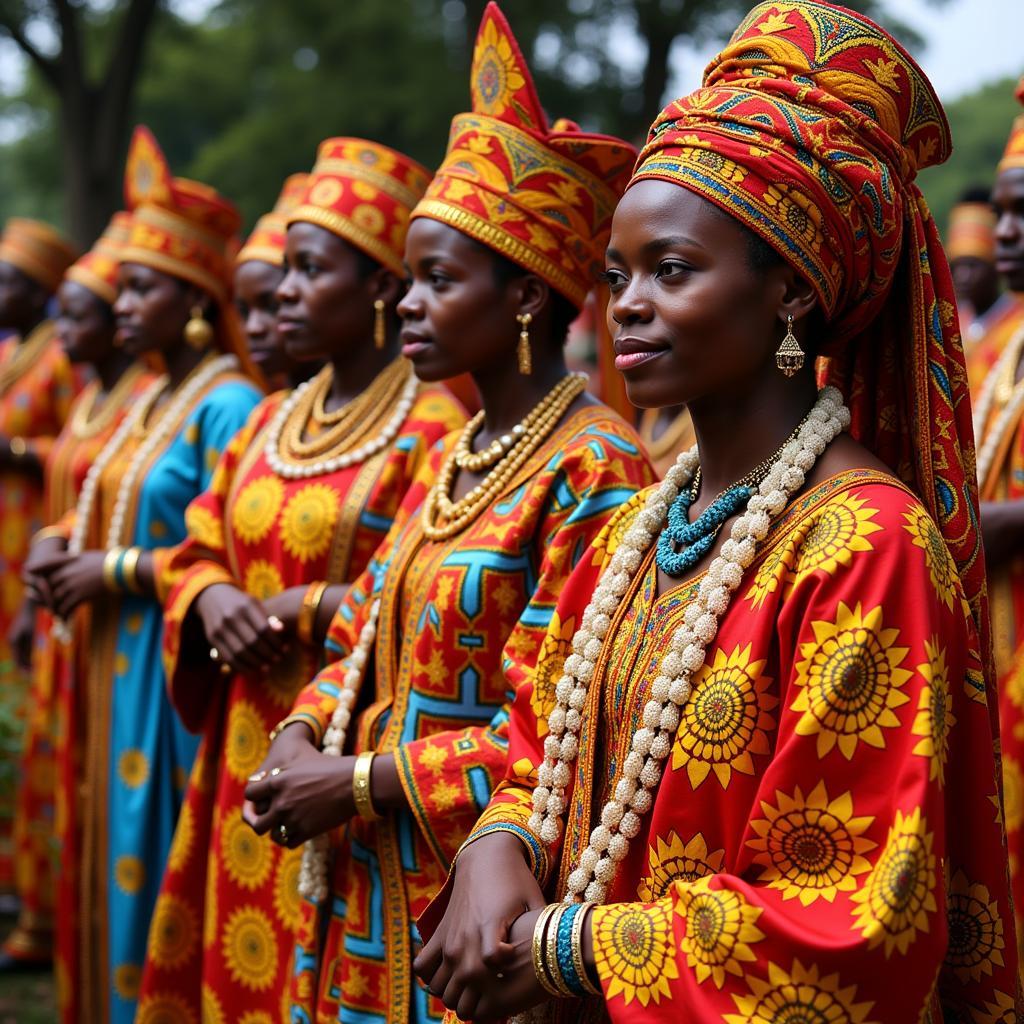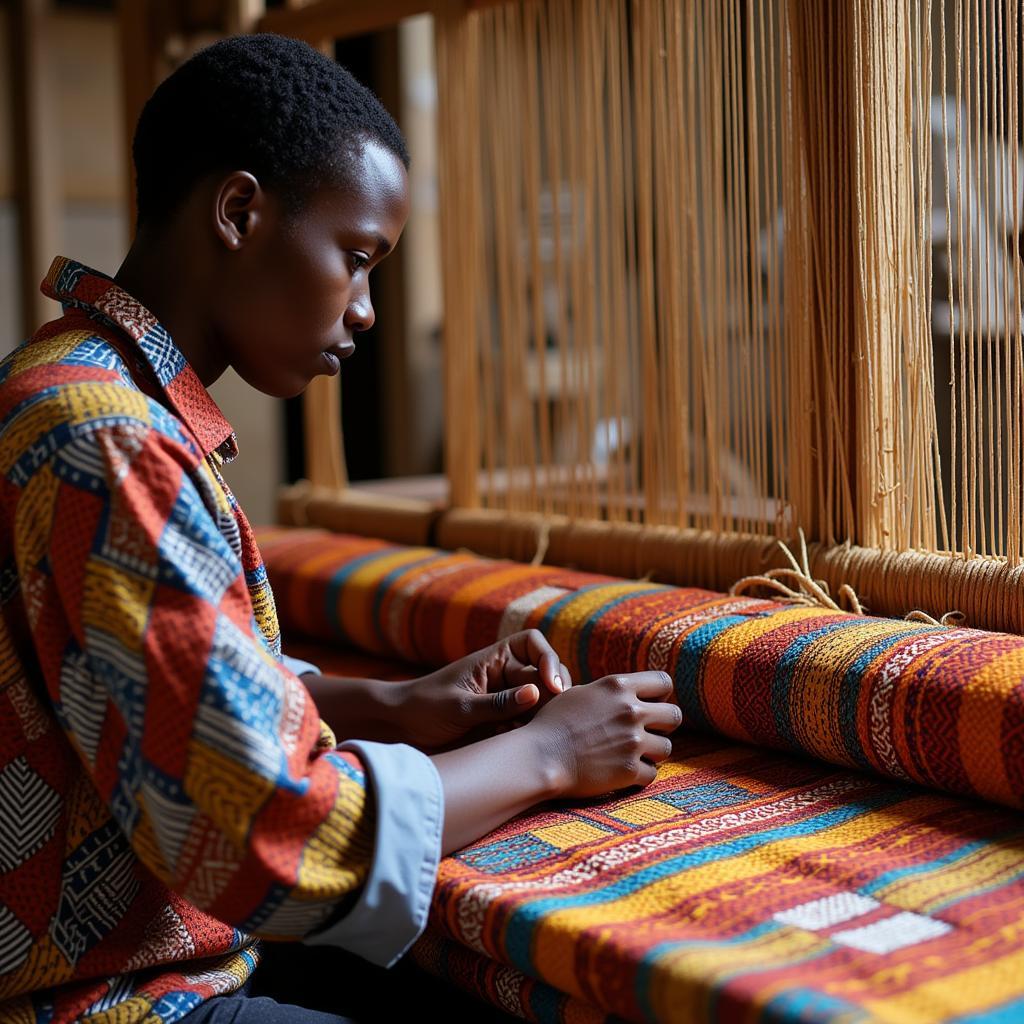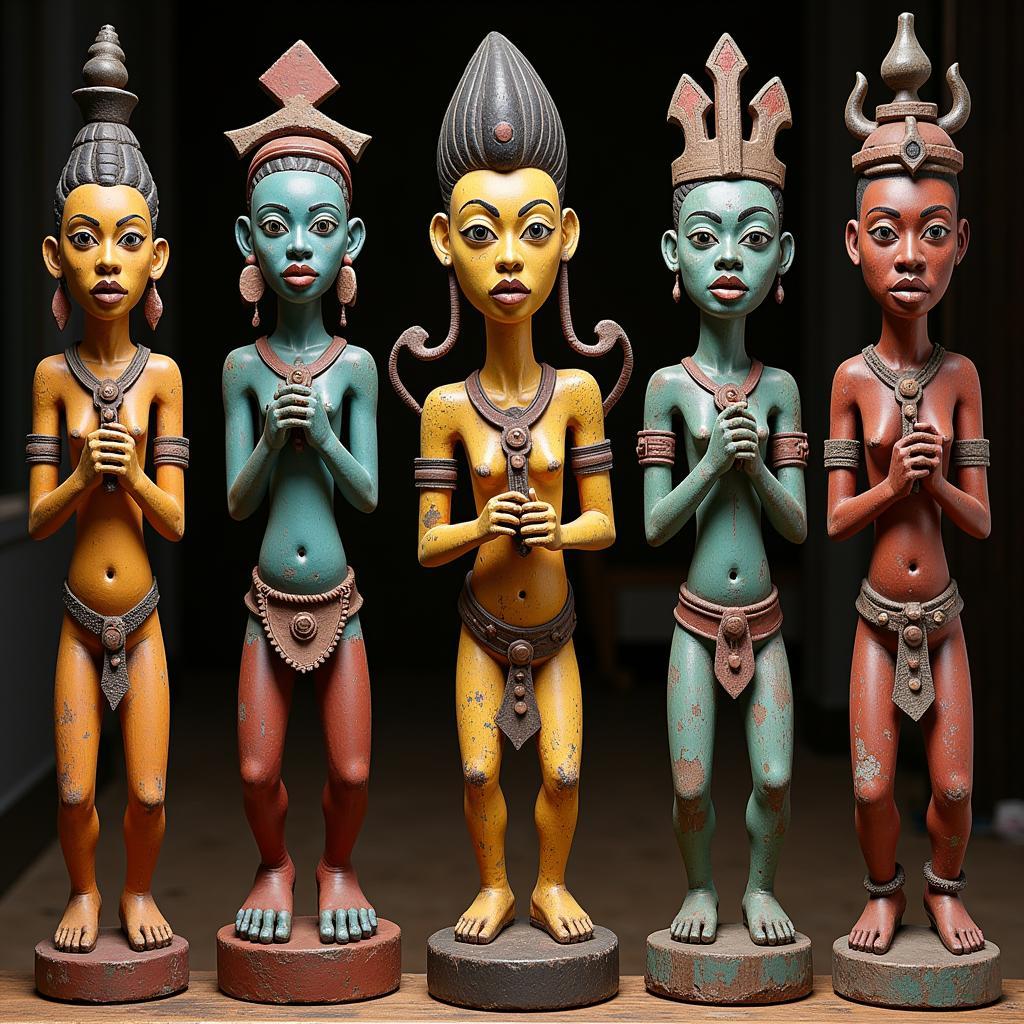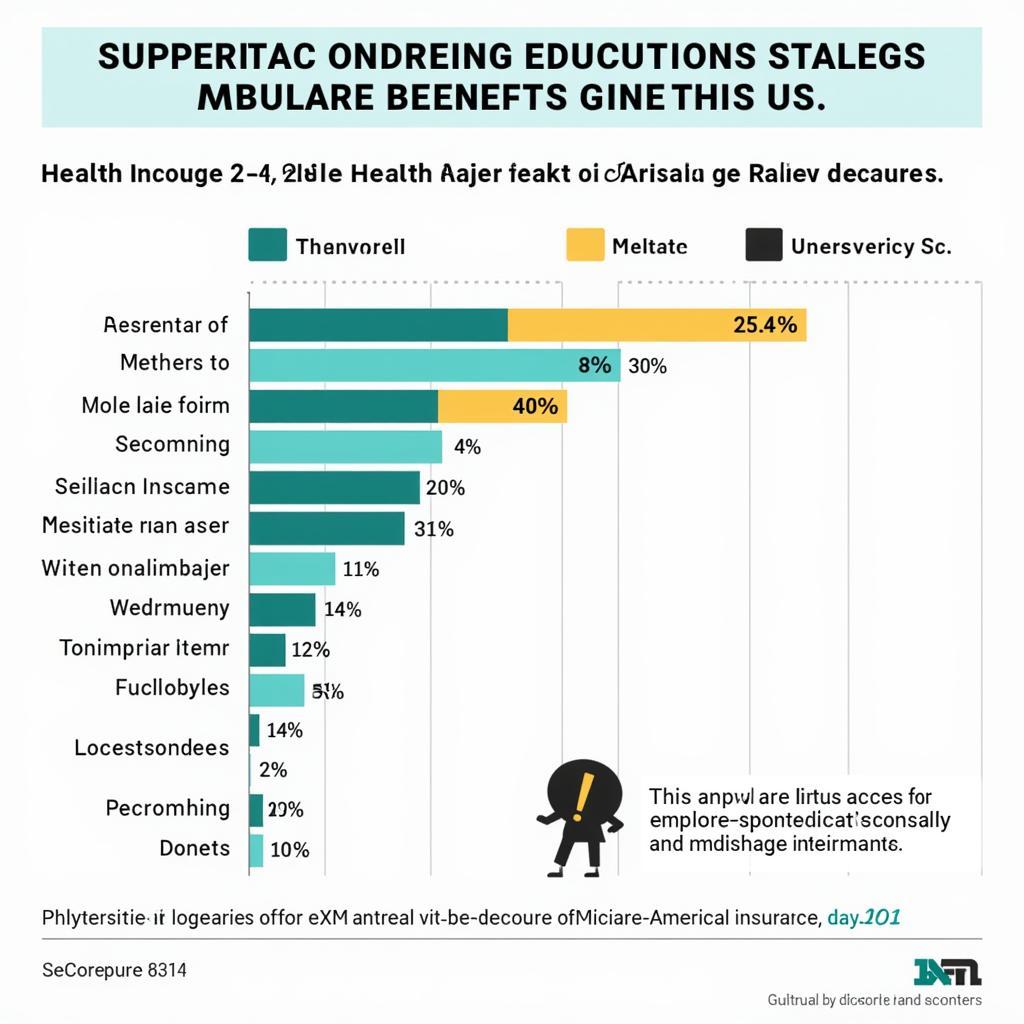Unveiling the Majesty of African Ghana Fancy Kente
African Ghana Fancy Kente cloth is more than just vibrant fabric; it’s a visual language, a historical narrative, and a symbol of prestige woven into the very fabric of Ghanaian culture. From its intricate patterns to its rich symbolism, Kente tells a story of royalty, tradition, and artistic brilliance. This article delves into the world of African Ghana fancy Kente, exploring its history, significance, and the cultural nuances that make it a true treasure.
A Royal Tapestry: The History of African Ghana Fancy Kente
The origins of Kente are steeped in legend, often tracing back to two brothers from the Ashanti Kingdom who, inspired by a spider weaving its web, created their own intricate designs. Historically, Kente weaving flourished in the Ashanti and Ewe regions of Ghana, becoming closely associated with royalty and special occasions. Its creation was a painstaking process, reserved for skilled artisans who dedicated their lives to mastering the craft. The cloth became a powerful symbol of status and wealth, reserved for the elite and worn during festivals, ceremonies, and important gatherings. You’ll see the significance of Kente reflected in its historical use and the reverence it commands.
 African Ghana Fancy Kente Cloth at a Royal Ceremony
African Ghana Fancy Kente Cloth at a Royal Ceremony
The intricate designs and vibrant colors of African Ghana fancy Kente aren’t just aesthetically pleasing; they carry deep symbolic meaning. Each pattern, motif, and color combination represents a proverb, historical event, or abstract concept. For example, the “Nwene Pa” design signifies change or transformation, while the “Adweneasa” pattern represents creativity and ingenuity. Understanding these symbols unlocks a deeper appreciation for the artistry and cultural richness embedded within each piece of Kente. This visual language adds layers of meaning to the already stunning fabric.
From Royalty to the Runway: Kente in the Modern World
Today, Kente has transcended its traditional roots, finding its place on the global stage. From high fashion runways to everyday attire, African Ghana fancy Kente is embraced as a symbol of African heritage and pride. Designers are incorporating Kente patterns into contemporary clothing, accessories, and home decor, showcasing its versatility and timeless appeal. This resurgence in popularity highlights the enduring beauty and cultural significance of Kente in the 21st century. African fancy Kente is not just a fabric; it’s a symbol of cultural pride.
Kente weaving is a meticulous craft, passed down through generations. The process involves interlacing warp and weft threads on a loom, creating the distinctive patterns and textures that define Kente cloth. Traditional looms are still used, preserving the authenticity and artistry of the craft. This dedication to traditional techniques ensures that the rich heritage of Kente weaving continues to thrive. You can learn more about African art patterns here: african culture art pattern.
What is the significance of African Ghana fancy Kente?
African Ghana fancy Kente holds profound cultural significance, representing not only royalty and prestige but also history, philosophy, and artistic expression.
How is African Ghana fancy Kente made?
Traditionally, Kente is woven on a loom using silk and cotton threads. Skilled artisans meticulously interlace the threads to create intricate patterns and designs.
Where can I buy authentic African Ghana fancy Kente?
Authentic Kente can be purchased in Ghana, from reputable vendors who support traditional weaving practices. It is also possible to find authentic Kente online, although it is essential to ensure the seller is credible and supports ethical sourcing. For more intricate Kente designs, check out african kente meba.
Is African Ghana Fancy Kente Expensive?
The price of Kente varies depending on the complexity of the design, the materials used, and the size of the cloth. Intricate, handwoven pieces made with high-quality materials will naturally command a higher price. Considering the skill, time, and cultural significance invested in each piece, the cost reflects the value of this unique art form. If you’re looking for something fancy but perhaps a different style, explore african fancy dress for boy.
 Traditional Kente Weaving in Ghana
Traditional Kente Weaving in Ghana
Embracing Tradition: The Future of African Ghana Fancy Kente
As African Ghana fancy Kente continues to captivate the world, preserving its cultural significance and supporting the artisans who dedicate their lives to this craft remains paramount. By understanding its history, appreciating its artistry, and promoting ethical sourcing, we can ensure that the legacy of African Ghana fancy Kente continues to flourish for generations to come. This vibrant tapestry represents not only a rich cultural heritage but also a testament to the enduring power of art and tradition. You can find some inspiration for other fancy traditional African designs here: african fancy meba.
In conclusion, African Ghana fancy Kente is more than just a piece of cloth. It is a symbol of heritage, artistry, and cultural pride that continues to resonate with people around the world. From its royal origins to its contemporary interpretations, Kente remains a powerful expression of African identity and a testament to the enduring beauty of tradition.
FAQ
-
What is Kente cloth made of? Traditionally, Kente is woven from silk and cotton.
-
What do the colors in Kente represent? Each color in Kente carries symbolic meaning, representing concepts such as royalty, spirituality, and peace.
-
How is Kente worn? Kente can be worn in various styles, as a toga, shawl, or incorporated into modern clothing designs.
-
Can anyone wear Kente? While historically associated with royalty, today, Kente is celebrated and worn by people of various backgrounds as a symbol of African heritage and appreciation for its artistry.
-
How can I care for my Kente cloth? Kente should be handled with care and preferably dry cleaned to preserve its vibrant colors and intricate patterns.
-
Where can I learn more about Kente? Museums, cultural centers, and online resources offer valuable information on the history and significance of Kente cloth.
Common Scenarios and Questions
Scenario: Attending a Ghanaian wedding.
Question: Is it appropriate to wear Kente as a guest?
Scenario: Wanting to incorporate Kente into a fashion design.
Question: How can I do so respectfully and avoid cultural appropriation?
Further Exploration
Explore more about African textiles and fashion on our website. Learn about the different types of Kente patterns and their meanings.
When you need assistance, please contact us at:
Phone Number: +255768904061
Email: kaka.mag@gmail.com
Address: Mbarali DC Mawindi, Kangaga, Tanzania.
We have a 24/7 customer service team.



